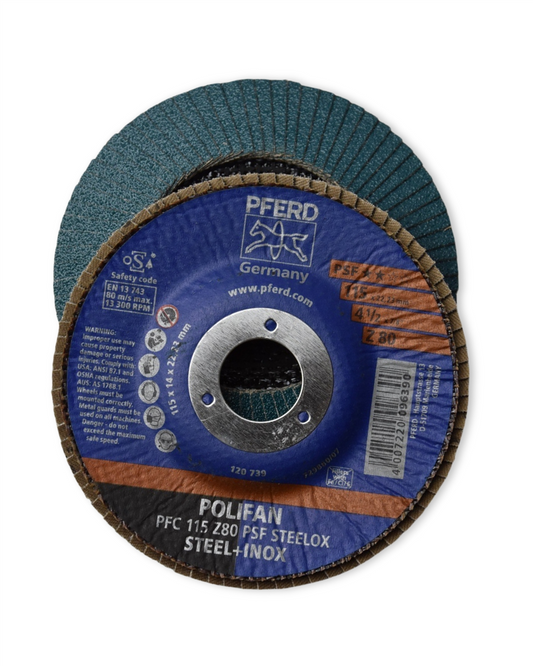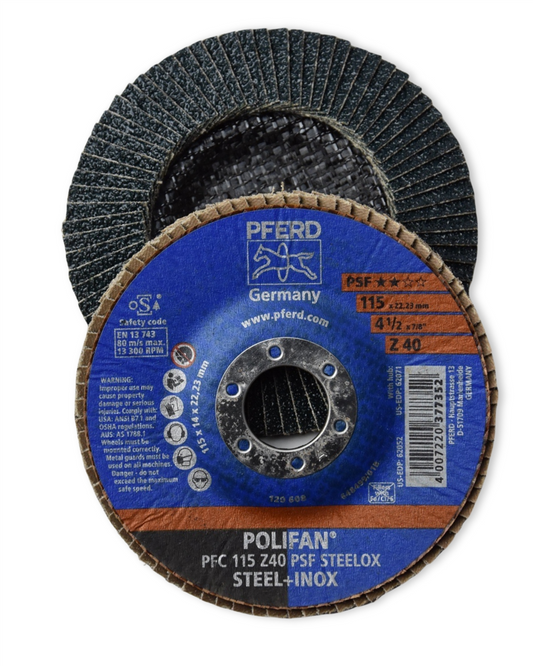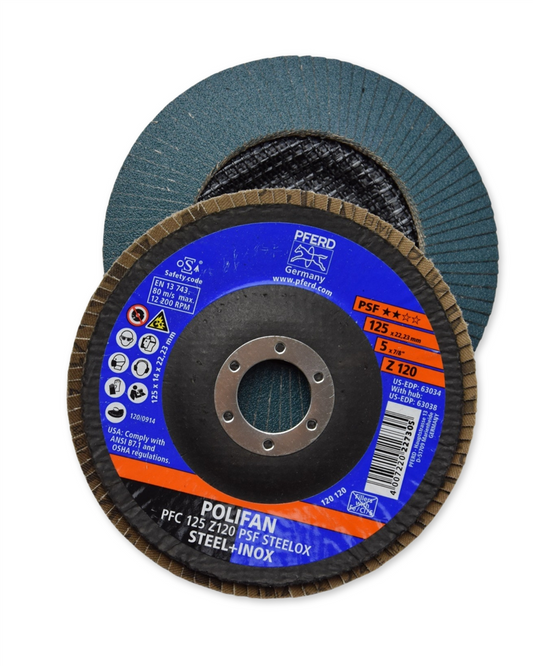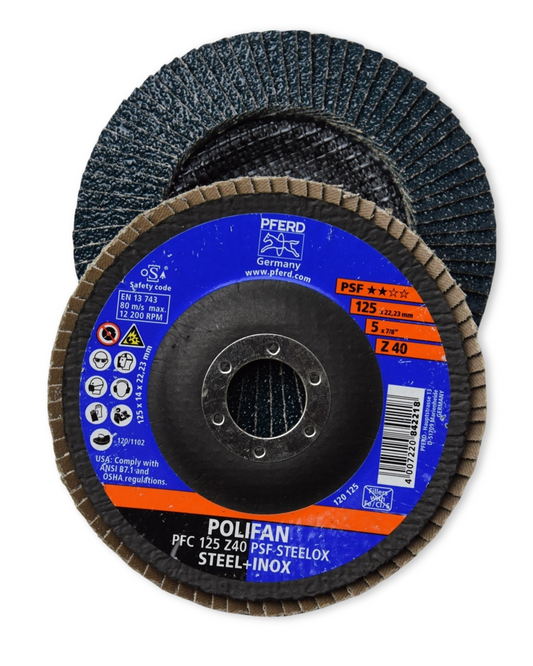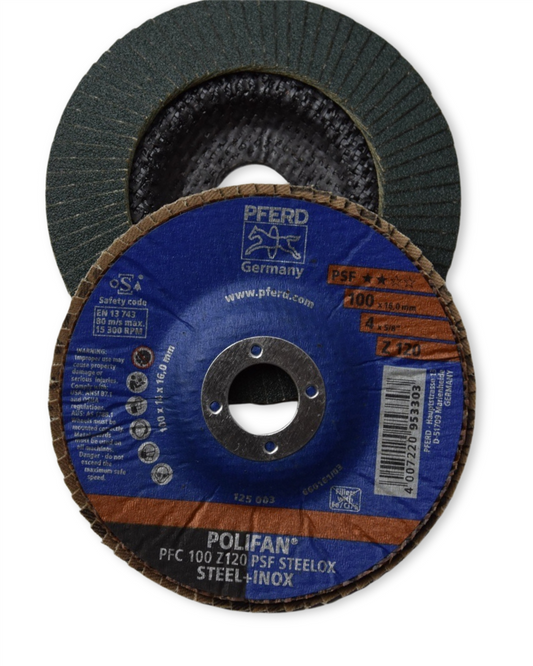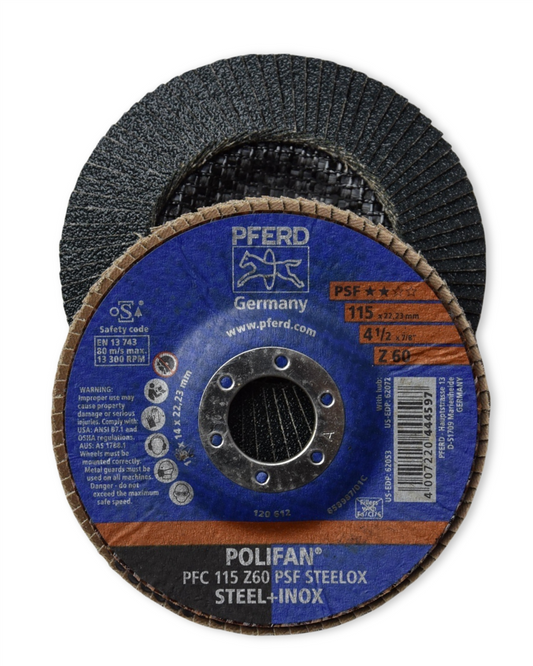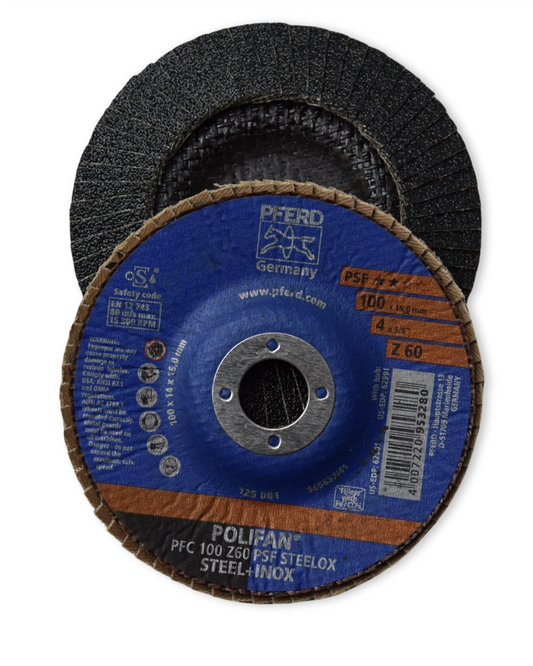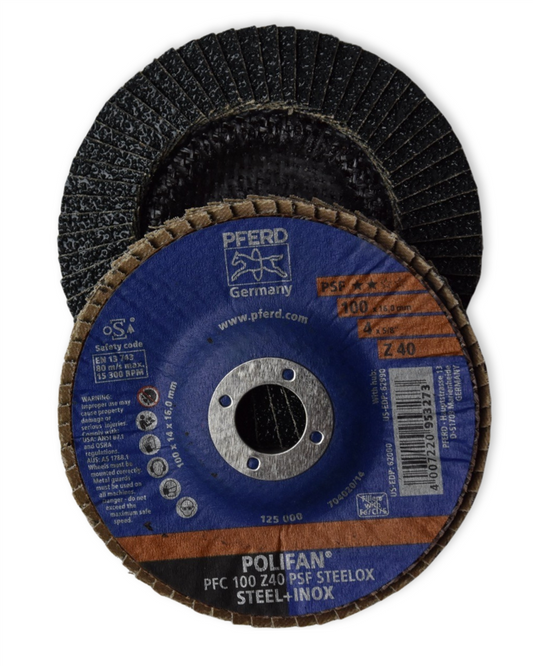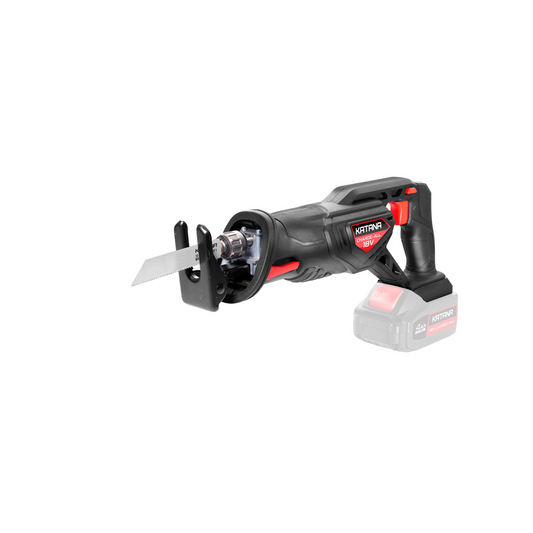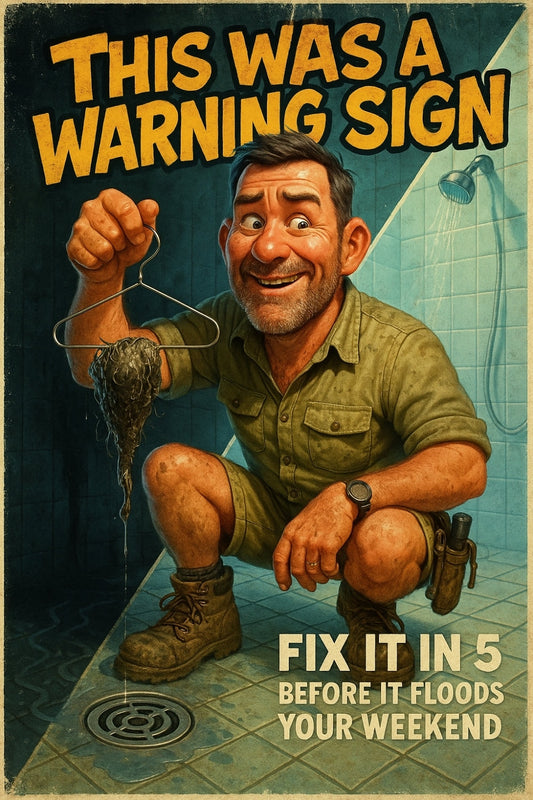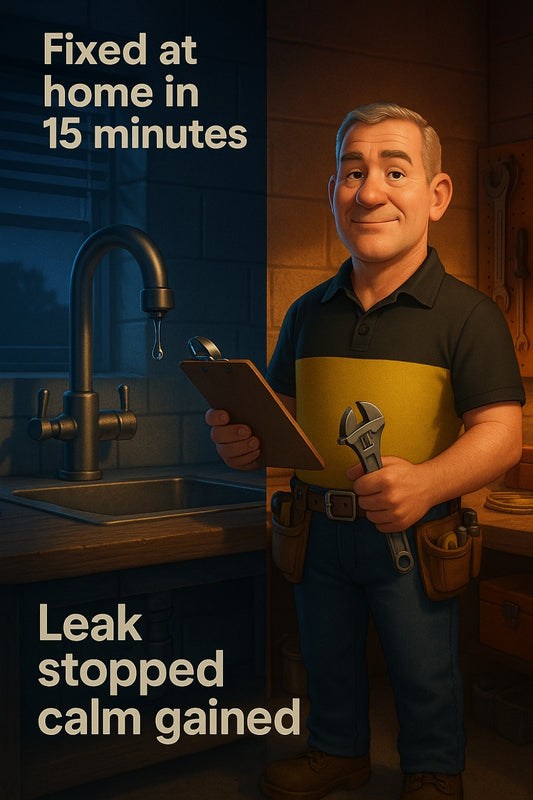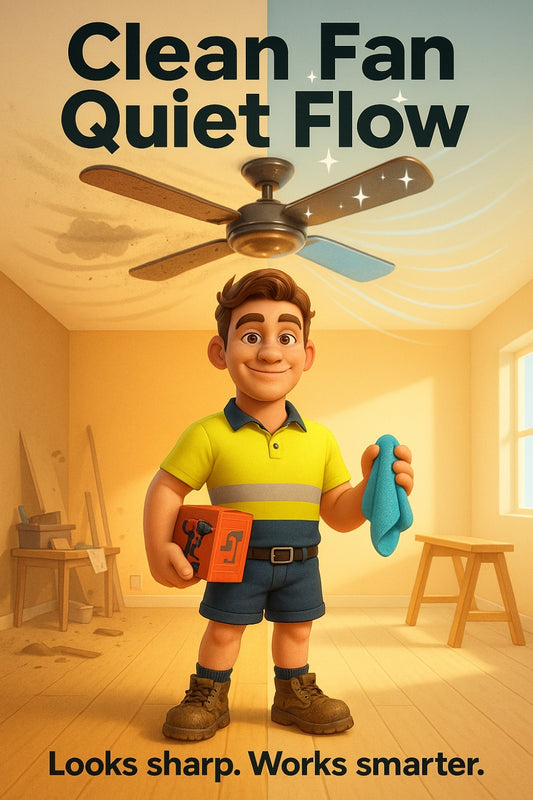What's fine, invisible, and could ruin your lungs in one weekend project?
Share
Breathe Easy, Work Smarter: The Timeless Case for Wearing a Dust Mask
There’s sawdust in your beard. Timber offcuts stacking up like tetris shapes. The sander hums, and for a minute… you feel like a sculptor in a whirlwind of work. But without a dust mask? You’re breathing in the mess just as fast as you’re making it.
Dust Doesn't Just Settle — It Stays
When you're sanding or cutting timber, it's not just about what falls to the floor. The real worry is what lingers in the air — the fine, invisible stuff that hangs around long after the job’s done. These micro-particles don't simply disappear when the vacuum comes out.
Every time that saw fires up or that orbital sander kicks on, timber fibres, resins, and chemical residues get thrown into the air. Breathing that in might not feel like much today — but stack a dozen projects back to back, and that’s where trouble quietly builds.
"I don’t care how many years someone’s done timber work — if they’re not protecting their lungs, they’re rolling the dice."
– Candeece, DIY and Trades Coach, Strathalbyn Hardware
The Hidden Dangers of Timber Dust
Not all dust is made equal. Sanding treated pine or cutting engineered woods like MDF and plywood? You're stirring up more than just wood particles. These can contain:
- Formaldehyde – Common in composite woods and a known carcinogen
- Fungal spores – Found in mouldy or aged timber
- Silica dust – Present in hardwoods and some boards, and extremely dangerous if inhaled long-term
The result? A cocktail of lung-irritating, sinus-clogging, sometimes cancer-causing particles. The big risk isn’t just shortness of breath — it’s long-haul stuff like asthma, chronic bronchitis, and even cancer.
But I Crack the Shed Doors Open... That’s Enough, Right?
A little airflow helps, sure. But without proper protection gear, it’s like throwing a towel at a bushfire. Shed doors and windows vent heat, not dust. And while you might not see those fine particles, your lungs sure notice them.
Your nose isn’t a filter. Your lungs aren’t a dustbin. And no, holding your breath and cutting 'just a couple of planks' doesn’t fool anybody — least of all your chest.
Choosing the Right Dust Mask
Here's the trick — not all masks are created equal. That blue-and-white number at the bottom of the toolbox? Might be better for allergies than airborne timber dust.
- P1 masks – Suitable for nuisance-level dust (like basic sanding across untreated timber)
- P2 masks – Best choice for most DIY cutting, sanding, and drilling jobs — filters out finer particles and harmful contaminants
- Reusable respirators with filters – A great long-term option if you’re working weekly or daily
Fit matters too. Any gaps, any fogging glasses, any slipping straps — and you’re not sealed properly. One loose strap, and it’s like bolting down a storm shelter with velcro.
But Do You Really Need One Every Time?
Short answer: yes. Long or short job, indoors or out, cheap pine or reclaimed silky oak — if it kicks up fine dust, mask up.
Think of it this way — you wouldn’t weld without a visor. You wouldn’t chainsaw without earmuffs. Skipping a dust mask might seem harmless... until a few years later when you're wheezing after a jog or you can’t shake that dry cough.
What’s That Dust Actually Doing Inside You?
Fine timber dust doesn’t just settle in your throat. It gets deep — down where your lungs exchange air, where oxygen fuels every move you make. And once it's there, your body doesn’t just shrug it off. It fights. That means inflammation, scarring, and in worst-case scenarios... far worse.
There’s also growing research linking long-term dust exposure to:
- Chronic Obstructive Pulmonary Disease (COPD)
- Lung infections
- Allergic reactions that worsen over time
A Quick Lesson From the Workshop Floor
A regular walks into the shop last month — been refinishing cupboard doors all week. Said he’d skipped the mask when the weather got hot. Fast forward two days: can't sleep for the coughing, dust still in his sinuses, and eyes like he’d been chopping onions blindfolded. One disposable mask could’ve saved him days.
And it’s not just about comfort. The longer you wait to take your health seriously in a workshop, the fewer second chances you’ll get.
Takeaway Tips Before You Sand That Next Joint
- Always wear a P2-rated dust mask for cutting, sanding, or drilling timber
- Make sure it fits snug — no escaping air, no pinched ears
- Work in a ventilated space but don’t rely on airflow alone
- Keep extra masks on hand — disposable ones lose effectiveness fast
- Use a vacuum with HEPA filter or a dust extraction system if working regularly
Your lungs don’t get a second coat. Protect them the way you protect your tools — because you’ll need them every single day.
See you in the workshop (mask on, of course).
– Candeece

Stay Connected
Follow our Facebook Page: Strathalbyn H Hardware on Facebook



